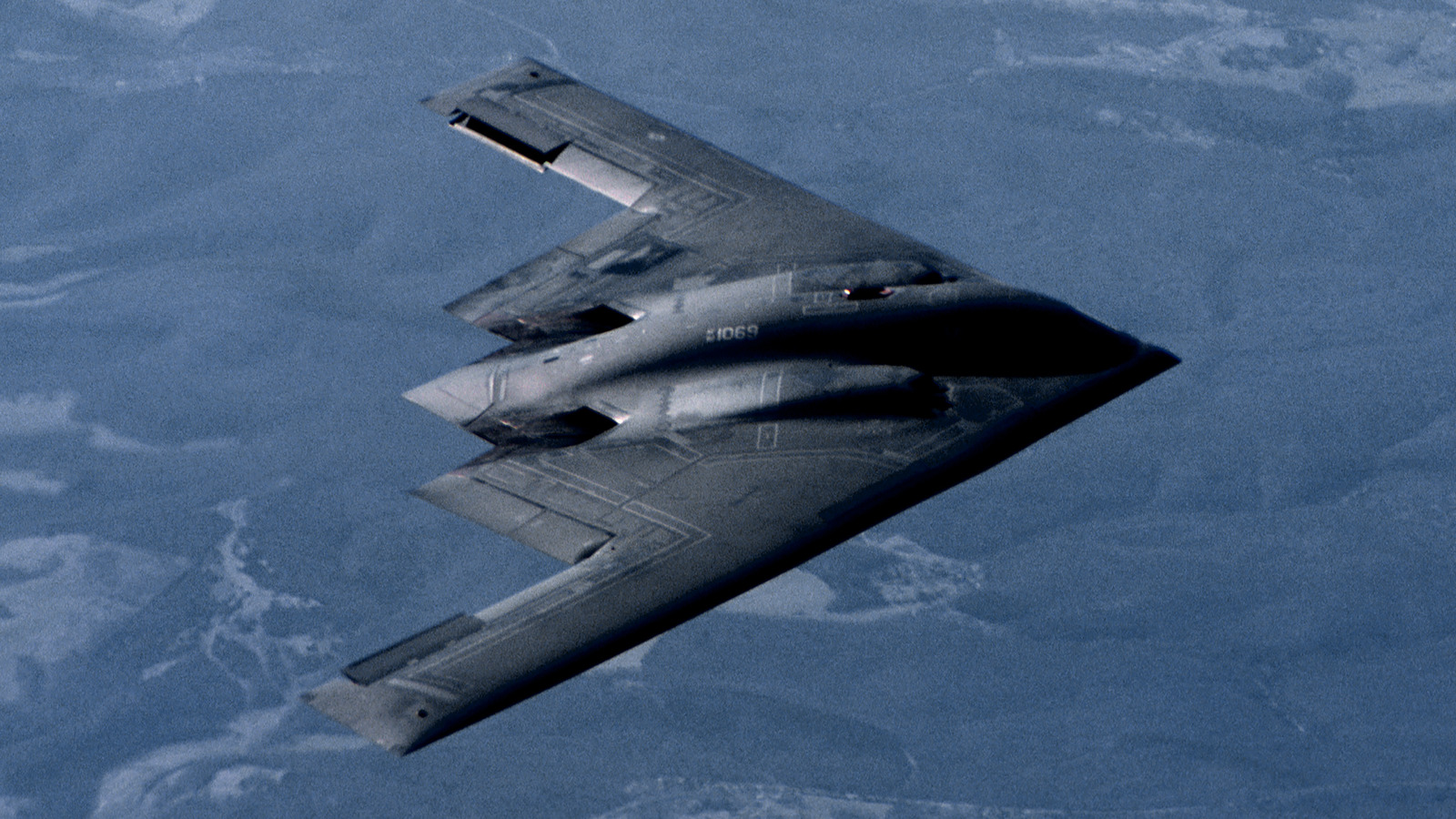NASA’s Mars helicopter, Ingenuity, pulled out of taking its next flight after spotting an issue shortly before take-off.
Ingenuity arrived on Mars with NASA’s Perseverance rover in February, and two months later became the first aircraft to achieve controlled, powered flight on another planet. Since then, the 4-pound, 19-inch-tall machine has been zipping across the martian surface on a series of test flights that have seen it perform well beyond expectations.
But as the team recently prepped Ingenuity for its 14th flight, the helicopter “decided to not take off,” according to Jaakko Karras of NASA’s Jet Propulsion Laboratory (JPL), which is overseeing the current Mars mission.
Ingenuity decided to stay put because it detected an anomaly in two of its six flight-control servo motors during its automatic pre-flight checkout.
Ingenuity’s 14th flight is of great interest as it will see the aircraft spin its rotors faster than ever before. The increase from the usual 2,537 revolutions per minute (rpm) will compensate for the decreasing atmospheric density brought about by seasonal changes on the red planet.
JPL successfully performed a ground-based, high-speed spin test at 2,800 rpm earlier this month. The next flight attempt will hopefully take place by the end of October and will see Ingenuity perform a short hover at 2,700 rpm to test the reliability of the faster rotor speed.
“Increasing the rotor speed is a significant change to how we’ve been flying thus far,” Karras said, adding that it’s important for the team to “proceed carefully.”
He added that the team is “optimistic” that it can work through the issue and get Ingenuity back in the air, though the next flight attempt won’t take place until mid-October at the earliest. The delay is due to a temporary degradation of the communications link between Earth and Mars caused by the orbits of the two planets as they move to opposite sides of the sun, an event that occurs once every two years.
Ingenuity already has some decent missions under its belt, flying an impressive 2,051 feet (625 meters) on July 5, and staying in the air for a record 169.5 seconds on August 16.
Following its success, it’s expected that a more advanced version of the helicopter will assist rovers on future planetary missions, scouting locations of interest and checking the condition of the terrain for the ground-based vehicles.
Editors’ Recommendations
- Why NASA is about to cut contact with its Mars explorers
- Perseverance selfie shows it’s been a busy Mars rover of late
- InSight lander measures one of its biggest-ever marsquakes shaking the planet
- Volcanoes on Mars exploded in ‘super eruptions’ that blotted out the sun
- Seasonal variations are making flying on Mars harder for helicopter Ingenuity
Note: This article have been indexed to our site. We do not claim ownership or copyright of any of the content above. To see the article at original source Click Here









/cdn.vox-cdn.com/uploads/chorus_asset/file/23516324/GRH_4T4A0362_R2.jpg)



